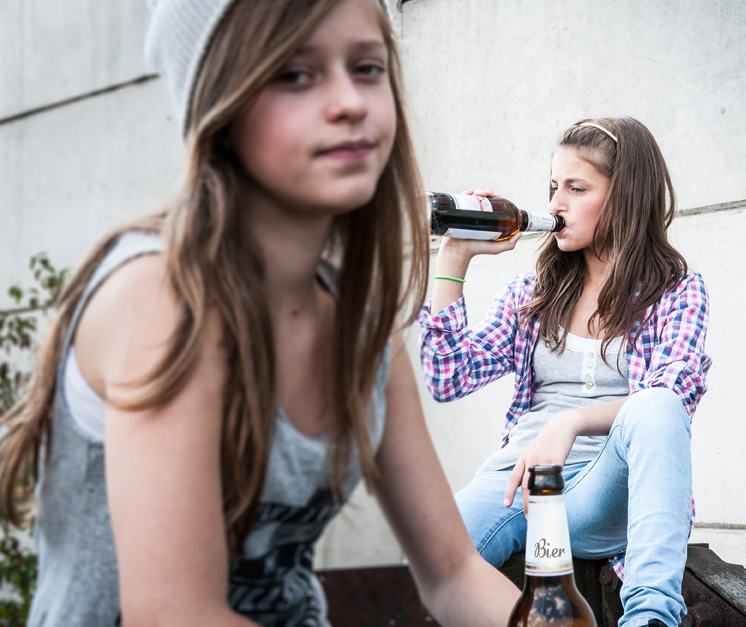
A study by CAPR and FARE has found underage drinking has dropped sharply, with the success largely attributed to better health education.
The study Understanding Recent Trends in Australian Alcohol Consumption drew from five waves of the National Drug Strategy Household Survey (2001-2013) by the Australian Institute of Health, involving more than 120,000 participants.
It was funded by the Foundation for Alcohol Research and Education (FARE) and undertaken by the Centre for Alcohol Policy Research (CAPR), and reported drinking rates as largely steady across most demographics but major improvements in the 14 to 17-year-old category.
Data shows the number of 14-17s that consumed 20 or more standard drinks in a session in the past year dropped from 10 per cent in 2001 to 5.1 per cent in 2013. Similarly, those consuming more than five drinks dropped from 41.8 per cent to 19.8 per cent.
Significantly, the number of under-agers abstaining from consuming alcohol altogether has doubled to 57.3 per cent, up from 28 per cent in 2001.
Author of the report, Dr Michael Livingston, says the trends are very encouraging.
“Young people have sharply reduced their drinking over the last decade; in particular Australian teenagers are drinking less alcohol, and in less risky quantities,” said Dr Livingston.
FARE went further, to suggest better education in public health and the dangers of alcohol to young people “should not be underestimated”.
“There is no level of safe drinking for those aged under 18, as alcohol can damage the developing brain, so it is extremely pleasing to see such a positive and significant shift in young people’s drinking patterns,” said Thorn.
“By raising the awareness of alcohol harms, by supporting the introduction of secondary supply laws and by better informing and empowering parents that it’s important that they say ‘no’ to providing alcohol to their children, organisations such as FARE and the public health sector have undoubtedly created an environment conducive to the positive change we are now witnessing.”
FARE reports that the decline in underage drinking observed in the study is in line with worldwide trends, with similar patterns seen in the United Kingdom, Sweden and New Zealand.

